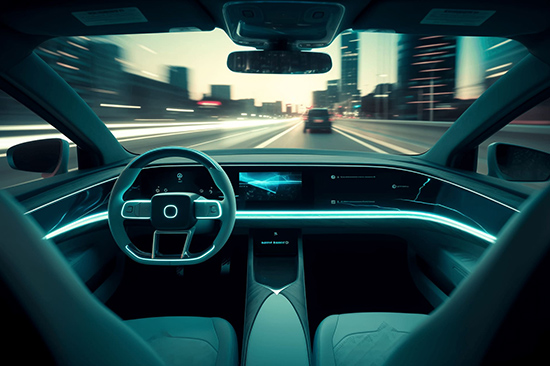4News express -> Industry news

The camera's reliance on light makes it impossible to work all day (such as night) and all road conditions (such as tunnels), and other sensors are needed to supplement it.
Vehicle vision sensor classification: according to different image detection principles, can be divided into monocular camera and binocular camera, according to the chip type can be divided into CCD camera and CMOS camera, and so on.
Function of vehicle vision sensor: perception ability, positioning ability.
Perception ability: obstacle recognition, lane line recognition, traffic sign recognition, traffic light recognition, passable space recognition;
Positioning ability: Visual SLAM technology, according to the pre-built map and real-time perception results match to obtain the current location of the unmanned vehicle. The biggest problem that visual SLAM needs to solve is that the capacity of the map is too large, and a slightly larger area requires a high capacity of the hard disk. How to make a sufficiently lightweight map becomes the key to the commercialization of SLAM technology.
Key performance of vehicle vision sensor:
1, low light performance: low light performance is very important for the car imaging system, excellent low light performance can improve the safety of driving in the dark light at night. Image sensor manufacturers all aim at "seeing in the dark".
2. High Dynamic Range (HDR) : HDR is another important feature of automotive imaging system applications, ensuring that the camera can clearly present scene details in a wide range of light, dark and high light contrasts, increasing the accuracy of image information and improving safety.
3. Wide-angle fisheye distortion correction (DEWARP) : wide-angle fisheye lens has the advantage of wide field of view for vehicle images, but the acquired image information will produce a certain degree of distortion. DEWARP technology can be used to correct the video image distortion generated by wide-angle fisheye lens in real time, and the image can be restored and flattened.
4. Image superposition: Image superposition refers to the combination of image sensor and image processing auxiliary chip to achieve image extension, zoom, right view, two board left/right view, triple screen and reverse dynamic auxiliary line. The image overlay function can better assist the driver to see the surrounding environment and reduce the accident rate.

